#physics simulation
Explore tagged Tumblr posts
Text
"A qubit made from photons lives in the polarization property of light. This is depicted here as individual glowing wavelets. Coated pieces of glass, such as the cube shown in the video, can separate out different polarization states of light. Other elements can switch the polarization from one state (vertical) to the other (horizontal). Photon qubits can also live in other properties, such as color." (Caption via The Quantum Atlas)
One of a series of videos I made for UMD's Quantum Atlas:
I'll soon be available for more work like this, kindly contact me via:
Although my work tends to be primarily physics-related — from subatomic to cosmic scales — I'm also interested in other fields e.g. Long COVID research & advocacy.
I am able to do more complex particle animation / simulation (e.g. airborne viruses or other visualizations.)
#olena shmahalo#physics art#science art#sciart#sci-art#scientific art#scientific illustration#science animation#mograph#physics simulation#quantum physics#particle physics#astrophysics#particle sim#art director#science illustrator#science visualization#illustration#design#portfolio
14 notes
·
View notes
Text
Baby Tron animated in Blender 3D by me back in 2023
#cover artist#visual artist#visual art#visual arts#cover art#art moots#art moot#3d artwork#3d art#3d animation#3d model#3d render#blender 3d#motion graphic#motion design#motion graphics#graphic design#web graphics#adobe#after effects#adobe after effects#adobe illustrator#simulation#physics simulation#digital art#digital illustration#illustrator#artist#creative director#blender art
2 notes
·
View notes
Text

This is the calculus formula I wish I'd known last month when I began creating custom collision shapes for my physics simulators.
The expression on the left of the equals sign relates to the rotational inertia of a thin circular plate with radius R, around a parallel axis D units away. It comes up repeatedly when calculating inertia of solids of revolution, such as right circular cones. I'm glad the integral has a simple, closed-form solution.
I derived the formula using the parallel-axis theorem, but in the future I want the formula at my fingertips so I can simply plug and chug.
#calculus#integral#inertia#physics simulation#equation#plate#my screenshots#theorem#math#mathematics
7 notes
·
View notes
Text
(sound on) I went to the library today to experiment with the Soft Body 2D plugin for Godot. It was surprisingly easy to implement so now I want to make a short game in the same vein as Jelly Mario at some point:
#game development#godot engine#god I love that I can do unhinged game design things and no one can stop me#soft body#physics simulation#bowser jr#perry the platypus
2 notes
·
View notes
Text

Jelly dinosaur!
2 notes
·
View notes
Text
youtube
youtube
youtube
#karl sims#inverse kinematics#early cgi#cgi#physics simulation#Youtube#evolved virtual creatures#evolution#programming
0 notes
Text
We just released a new demo with gravity simulation, moss simulation and dynamic water physics and we’ve come a long way from the previous video, so I wanted to share new videos as it’s a drastic change:
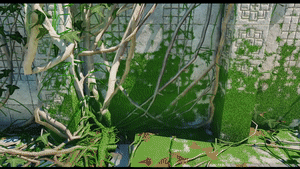
Here’s a fast-forward view of a tree growing — disappearing branches means there weren’t enough nutrients to sustain it, and as you can see the branches bend due to the effect of gravity. Every leaf is responsible for every single decision the tree makes:
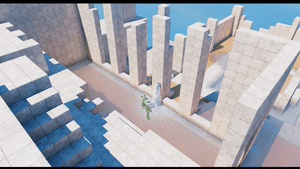
the water simulation works on mid-range PCs with standalone GPUs that are at least 7 years old, I also played this before the water sim on a potato laptop. Someone ran the water simulation on Steam Deck too. It runs on Linux and Windows.
Bonus video of one of our players from our Discord server encountering a fun bug:
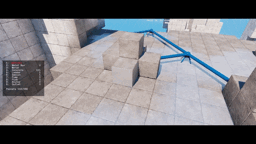
Not me spending my whole shower imagining a rewilding sim with a procedurally generated world like dwarf fortress where you plant various plants and try to shape the ecosystem throughout the process of ecological succession
The plants would all have different stats based on their spreading and competitive capabilities and each little square of land would have stats based on the plants that are there and other conditions
Every time you advanced the clock forward by another year your plants would grow and potentially spread to new squares, and there would be a chance for new plants to "volunteer"
Each square would have a "Disturbance" stat that lowers every time you advance the clock and rises according to major removals of plants or cultivation activities, and modifies other stats including how competitive certain species are and which species could volunteer
For example, Dandelion would have a high chance of volunteering on squares with high disturbance stats, but not on squares with low disturbance stats
It would be partly a strategy game to see how you can fight and outcompete invasive species and raise biodiversity, like for example you might want to combine plants with high resistance to being outcompeted with plants that have an allelopathic effect to debuff an invasive plant enough that the volunteer chances of a square go up and you can have natural regeneration of trees
The reason I think this is so cool is that if stats were intentionally made as accurate as possible, you could legitimately use this to model rewilding strategies in the real world
#plants#plant simulation game#procedurally generated#simulation game#physics simulation#sandbox#water simulation#plant lifecycle#indiedev#indie games
3K notes
·
View notes
Text
I don't want video games to let me choose whether my character has Penis A or Penis B, I want them to administer a comprehensive twelve-part questionnaire about how I think elves reproduce and procedurally generate a set of genitals based on my answers.
#gaming#video games#character design#tropes#speculative biology#penis mention#genitals mention#physics based fabric simulation for heretofore unconceived-of bulges
10K notes
·
View notes
Text

caspar with big floppy ears ₍ᐢ. ̫.ᐢ₎
#caspar#agent caspar#my art#furry#bunny#rabbit#radio#headphones#the physics for the ear flop simulations used to run on physx...#but your fps will now drop to 4-7 while viewing caspar#because of the physx deprecation#really sorry everyone we're working on a fix hopefully within the next 3 years#please purchase a gpu with at least 32gbs of vram in the meantime
272 notes
·
View notes
Text
Please hold
The project to convert my buildscripts to Kotlin is on hold because I have an EXCITING NEW PROJECT.
Earlier this month (June 2024) Mazhar Akbar drew my attention to his performance comparison between JMonkeyEngine and Godot on a physics-intensive workload. The comparison favored Godot by a large margin. I was skeptical at first, but gradually I became convinced that, in order to level the field, JMonkeyEngine needs a new physics engine, one based on Jolt Physics instead of Bullet.
So now I'm coding all-new JVM bindings for Jolt. Jolt is an open-source software project of some complexity (about 100,000 lines of C++ code), so this could take awhile. Please hold. But not your breath.
I'm having a blast!
#software development#new project#open source#physics simulation#game engine#godot engine#coding#from scratch#java#computer software#jvm#open source software#don't hold your breath#having a blast#benchmarking#please hold#very excited
3 notes
·
View notes
Text

In May 1921, American polymath Walter Russell entered a 39-day coma-like state, during which he claimed to have accessed “the source of all knowledge.” Upon awakening, he frantically wrote down what he had seen — pages filled with philosophical, scientific, and spiritual revelations that would later form the foundation of his manuscript *The Universal One*. Though he sent his findings to 500 leading minds of the time, nearly all dismissed him as mad — except one. Nikola Tesla, the visionary inventor, was so struck by Russell’s insights that he urged him to seal the work away for a thousand years, insisting that humanity was not yet ready for its truths.
Walter Russell’s revelations reimagined the very structure of reality. He argued that matter was not solid but crystallized light slowed by thought — that everything around us, from rocks to human bodies, was composed of light patterns, shaped by consciousness. He believed the universe was fundamentally mental, not material, and that all things moved in rhythmic cycles — expansion and contraction, like breath. He dismissed opposites like good and evil as illusions, asserting instead that everything sought harmony and balance. To Russell, death wasn’t an end but the release of compressed light returning to its source. Even time, he claimed, wasn’t linear, but a spiral where past, present, and future coexisted.
These ideas were radically ahead of their time, blending metaphysics, wave dynamics, and a deep sense of universal unity. He believed electricity was a living spiral of energy, not merely electrons in motion, and that the vacuum of space was in fact a vibrant sea of untapped potential. Health, in his view, was the natural rhythm of the body, and disease was simply a disruption of that flow. Though ignored or ridiculed during his lifetime, Russell’s work now draws new attention in an era where quantum physics and consciousness studies begin to echo the same questions. To many, he is no longer a forgotten eccentric, but a prophet of a paradigm yet to come.
#Walter Russell#polymath#mathematics#science#quantum leap#quantum physics#quantum jumping#consciousness#light#energy#magic#ascension#alchemy#enlightenment#kundalini awakening#spiritual awakening#sacred geometry#godhood#nikola tesla#out of body experience#simulation theory#simulated reality#simulated universe#holographic universe#manifesting#manifestation
371 notes
·
View notes
Text
some images i recently found about the multiverse:
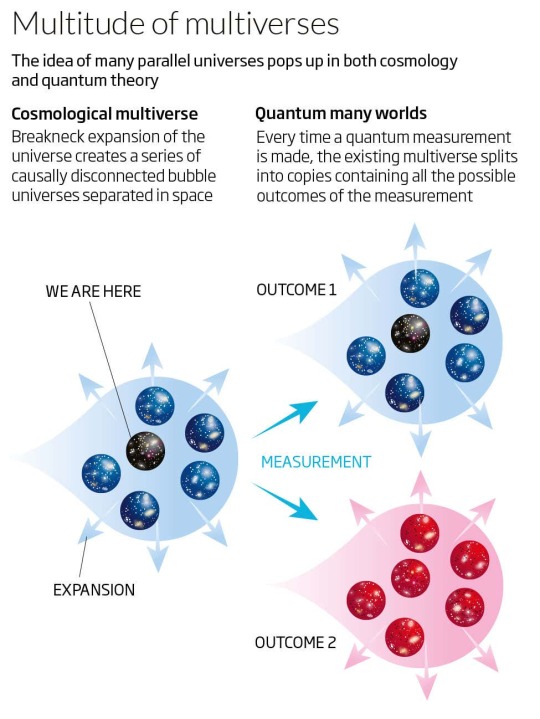




Images from Robert Adlers article "Ultimate guide to the multiverse" on newscientist.com (23. Nov. 2011)
#the multiverse#multiverse#cosmology#quantum theory#quantum physics#m#theory#theories#multiverse theory#simulation#schrödinger's cat#robert adlers#newscientist#parallel worlds#reality#shifting#shiftblr#loa#void state#physical laws#universe#branching
180 notes
·
View notes
Text
Stunning Interstellar Turbulence
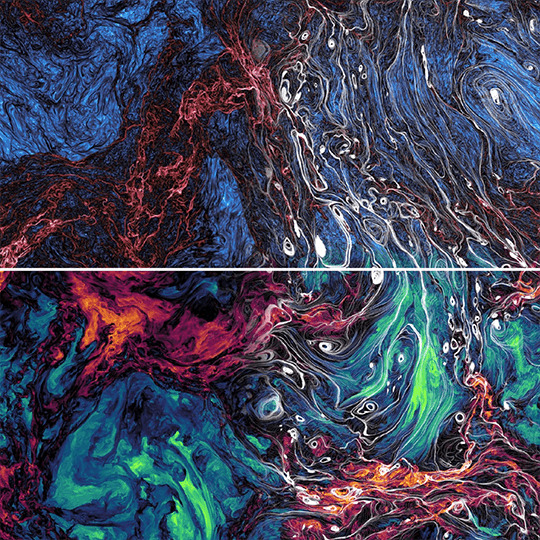
The space between stars, known as the interstellar medium, may be sparse, but it is far from empty. Gas, dust, and plasma in this region forms compressible magnetized turbulence, with some pockets moving supersonically and others moving slower than sound. (Image and research credit: J. Beattie et al.; via Gizmodo) Read the full article
#astrophysics#compressibility#flow visualization#fluid dynamics#fluids as art#magnetohydrodynamics#numerical simulation#physics#science#turbulence
100 notes
·
View notes
Text


(Reference) more yandere Yoketron-chan.


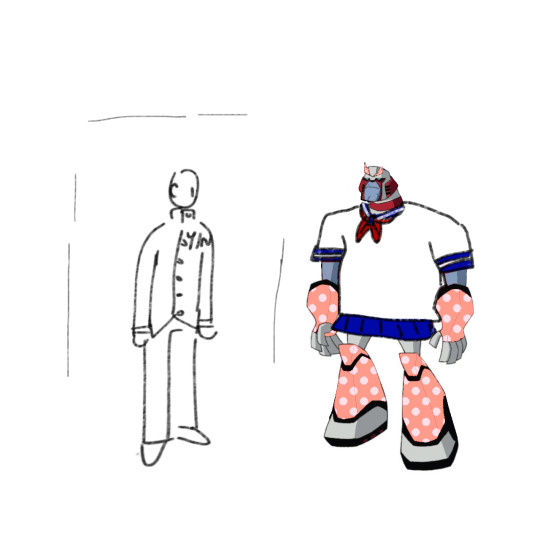
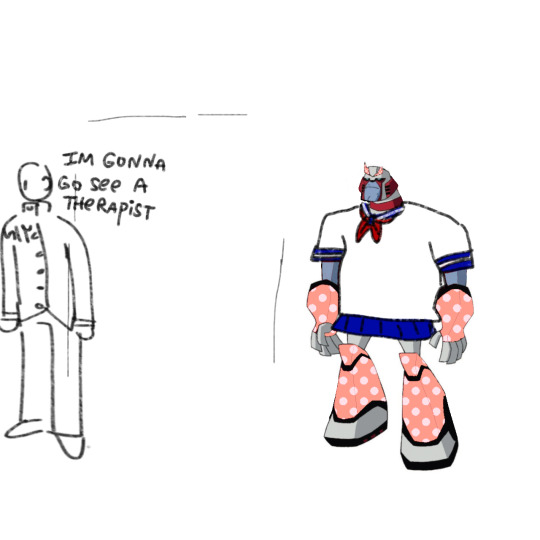
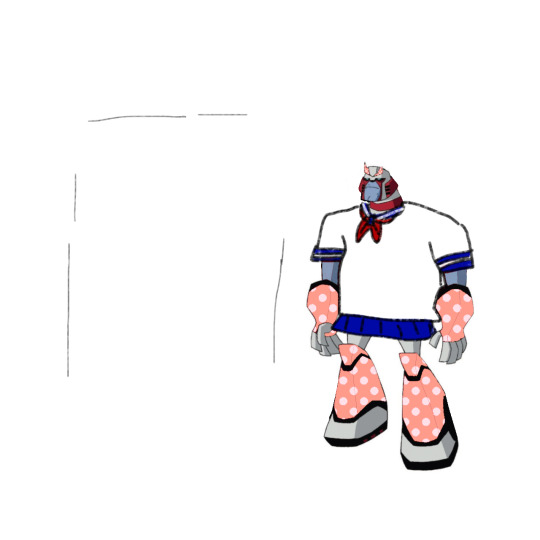
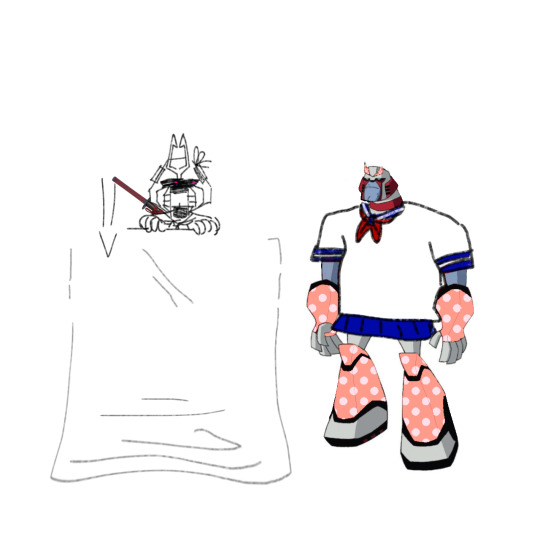
Should i make this an AU.
#IM JOKING IM JOKING IM JOKING IM JOKING IM JOKING IM JOKING IM JOKING-#it physically pain me to write tsundere Ratchet's text#Idk what possessed me#The most cursed thing I drew yet#transformers#tf#transformers animated#tfa#maccadam#maccadams#tfa yoketron#master yoketron#yoketron#tfa master yoketron#tfa ratchet#ratchet#yandere#yandere simulator#crossover#this is a joke#transformers x oc#transformers x y/n#transformers x reader
139 notes
·
View notes
Text
Simulating the speed of light in The Ultimate Machine, 1971.
190 notes
·
View notes
Text
game so good it's got me drawing angst

#buddy sim 1984#buddy simulator 1984#my stuff#this game actually made me feel physically ill from sadness#I don't think I'll ever recover#my brain chemistry is forever altered
184 notes
·
View notes